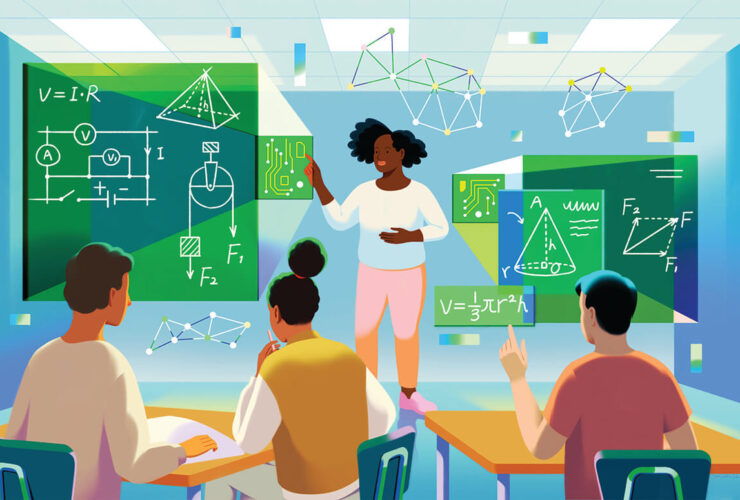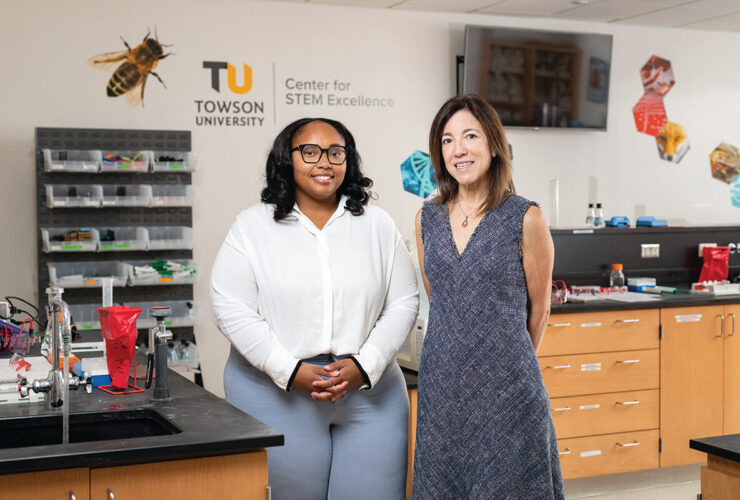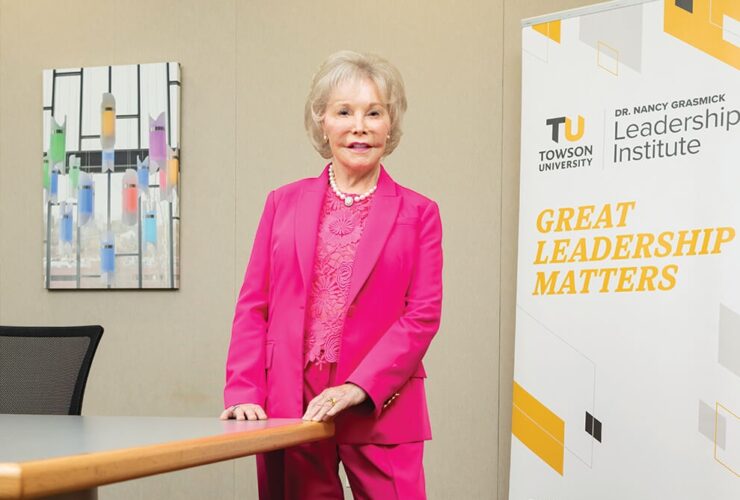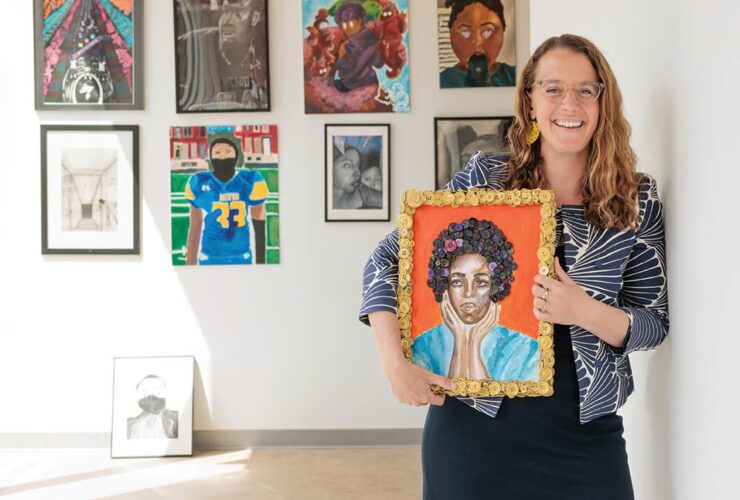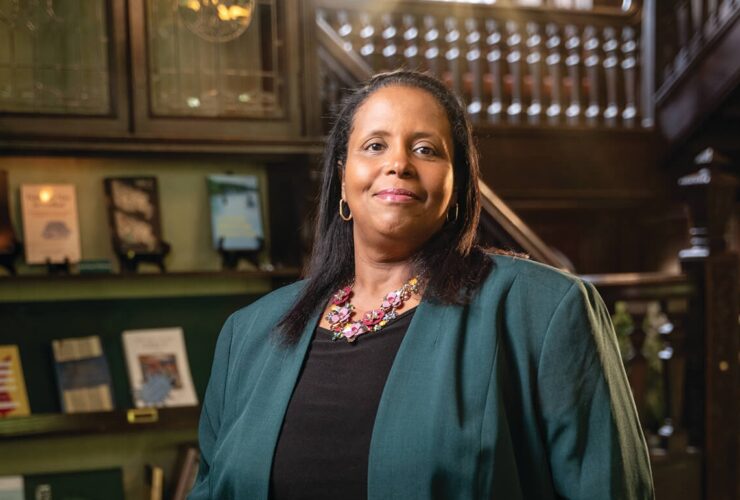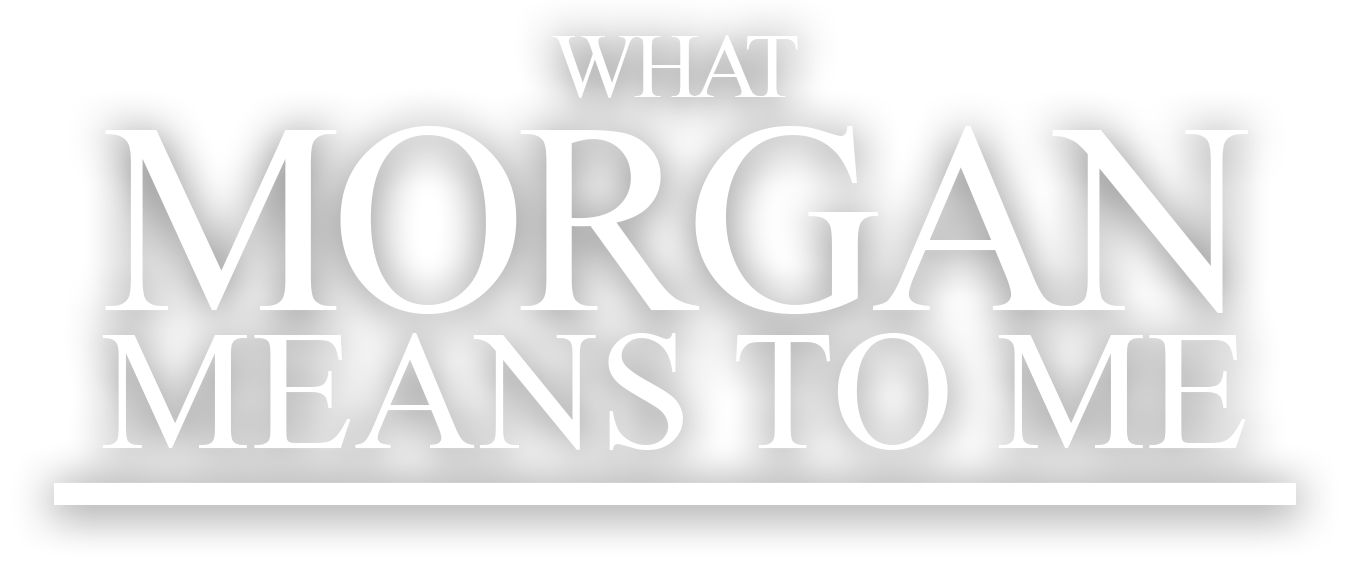
News & Community
What Morgan Means To Me
As Morgan State celebrates its 150th anniversary, five noteworthy alumni recall their college years.
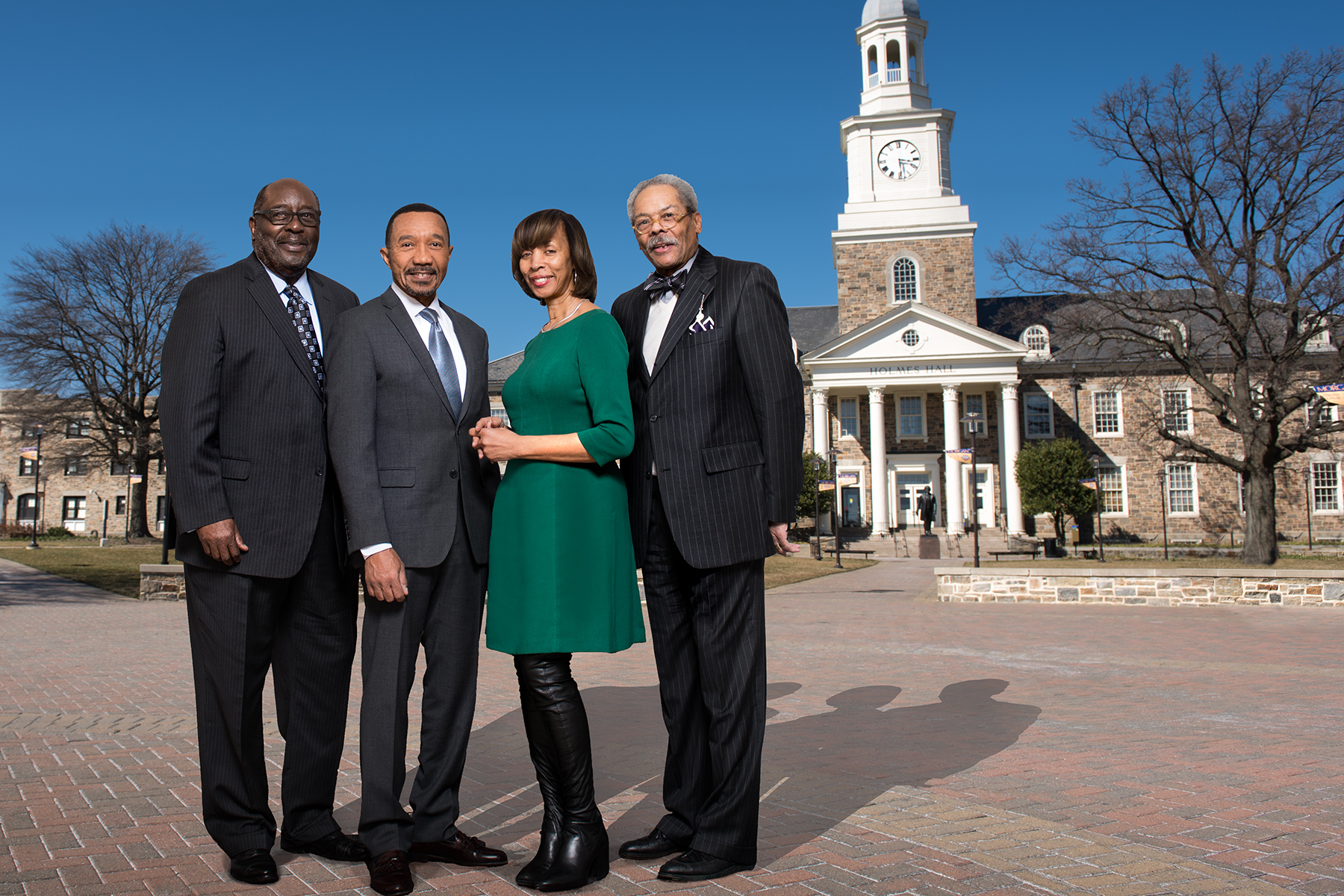
 n Christmas Day 1866, a year and a half after the end of the Civil War, the Methodist Episcopal Church approved the creation of the Centenary Biblical Institute in Baltimore, granting $5,000 to trustees to launch a seminary for African Americans.The African-American members and former slaves who served as ministers at Sharp Street Methodist Episcopal Church, had led the push for the creation of a theological institute in Baltimore. But soon after its founding, the Centenary Biblical Institute broadened its mission and began educating men and women as teachers, as well as future pastors. And in 1890, it was renamed Morgan College, in honor of the Rev. Lyttleton Morgan, who donated land to the college and served as the first Board of Trustees chairman.
n Christmas Day 1866, a year and a half after the end of the Civil War, the Methodist Episcopal Church approved the creation of the Centenary Biblical Institute in Baltimore, granting $5,000 to trustees to launch a seminary for African Americans.The African-American members and former slaves who served as ministers at Sharp Street Methodist Episcopal Church, had led the push for the creation of a theological institute in Baltimore. But soon after its founding, the Centenary Biblical Institute broadened its mission and began educating men and women as teachers, as well as future pastors. And in 1890, it was renamed Morgan College, in honor of the Rev. Lyttleton Morgan, who donated land to the college and served as the first Board of Trustees chairman.
From its first handful of students meeting in a church basement, Morgan State University now enrolls more than 7,000 students. The school offers 45 baccalaureate-degree programs, 35 master-degree programs, doctoral degrees in 15 fields, and is renowned as one of the top five producers of African-American engineers in the U.S.
“What started in 1867 with 11 students in the basement of Sharp Street Methodist Episcopal Church is truly astonishing.”
The Morgan State University Choir is also recognized as one of the county’s most prestigious university choral ensembles. The historically black college remains famous for its athletic programs as well, specifically its football teams under legendary head coach Earl Banks, which produced National Football League Hall of Famers such as Leroy Kelly, Willie Lanier, and Rosey Brown.
And, of course, Morgan is famous—at least in Baltimore—for its students’ groundbreaking civil-rights campaigns and protests, which included the first successful, student-led, lunch-counter sit-ins in the country. Last May, Morgan was named a National Treasure by the National Trust for Historic Preservation.
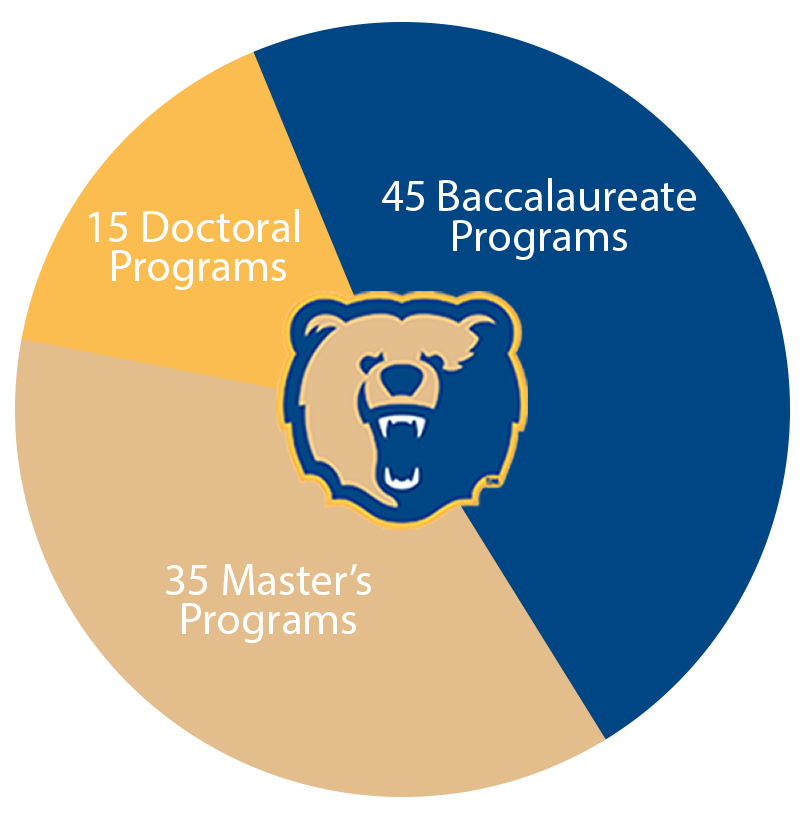
Today, the school is undergoing something of a renaissance. In recent years, the school secured a $28.5-million share of a five-year NASA research grant in support of their organization’s strategic Earth and space-science missions, and a $23.3 million biomedical research grant from the NIH, boosting Morgan's efforts to expand the research capacity on its 143-acre campus. There’s also a new School of Global Journalism and Communication, a new $80 million School of Business and Management building, and an award-winning Center for the Built Environment and Infrastructure Studies.
Along with significant growth in alumni giving, Morgan’s enrollment, diversity, retention, and graduation numbers are on the rise.
“What started in 1867 with 11 students in the basement of Sharp Street Methodist Episcopal Church is truly astonishing,” says President David Wilson, who has been at Morgan’s helm for the past seven years. “Over all these years, we have been to the City of Baltimore and to Maryland what a hand is to glove.”
It is no surprise that Kweisi Mfume, Morgan’s current board chairman, retired Judge Robert M. Bell, Bob Wade, and Mayor Catherine E. Pugh recall their college years on the Northeast Baltimore campus fondly. But what speaks volumes is that they all spent their professional lives serving the city where they went to college and, four and five decades after their graduation, remain deeply connected to Morgan.
Each prominent alum was interviewed by a recent Morgan grad.
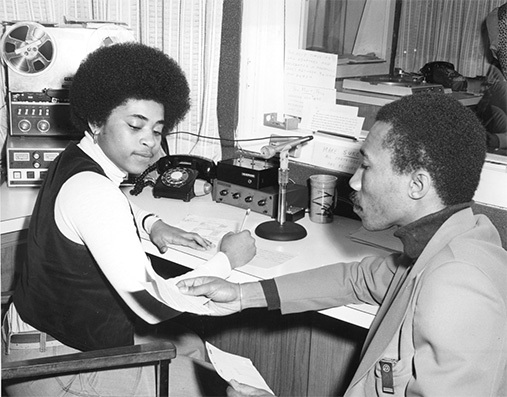
Kweisi Mfume directing a WEAA radio broadcast while attending Morgan State as an undergraduate student. —Courtesy of Morgan State University
Kweisi Mfume ’76
The current chairman of the board at Morgan State University, the former Baltimore City councilman, U.S. representative, and NAACP president, graduated magna cum laude from Morgan in 1976.
“I came here in 1972, and I’m still here . . . never left. As a student, I was involved with the Student Government Association. And after that, I headed up the Urban Studies Association. I served as its president here. I wrote articles for the student newspaper, and basically used my last two years finding a way to get a radio station [on campus].
Howard University had started their the radio station a few years before. There’s always been a friendly rivalry between the two schools. We were finally able to petition the Federal Communications Commission for a license. In our petition to the FCC, we petitioned for the call letters, WEAA, which meant for us, We Educate African Americans. That’s how we got the call letters and that’s what they represented.
We all became salespersons, and ultimately got the right through the university and the FCC to be able to start WEAA. On Jan. 10, 1977 at 3 o’clock in the afternoon, I opened the microphone on the station for the very first time, announced our presence, welcomed ourselves to Baltimore, and the station’s been broadcasting for 40 years. That mic has never closed.
I had always looked at Morgan and thought, ‘Boy, if I ever had a chance to go to college, I’d go to Morgan,’ because that’s where I really wanted to be. But I didn’t come here initially because I didn’t think I would make it. So I said, ‘Let me try a two-year school. If I go there I can get a skill and then I could get a job.’
“I’ve never been able to leave Morgan, nor have I wanted to leave. It’s just very special. Morgan is in my DNA.”
My first day on campus, I stood right out there in front of Holmes Hall, in front of that Frederick Douglass statue, and I kind of prayed quietly. Students around me probably didn’t know what I was doing—they thought I was high or something. I just prayed quietly to my mother and to God that I’d gotten to this point, just to make it to Morgan. I knew nothing was going to turn me around, but I also knew that I had to work full-time in order to pay for my tuition. And I did.
Morgan opened my eyes. It just created the catalyst for me, for everything to happen: belief that I could change local government by getting into the city council. That I could change the federal direction of our country by being involved with Congress. All of those ideas are Morgan ideas—they just came out of my experience here and my belief that you can do anything that you want to do, you just have to work as hard as you can.
My fondest memories of Morgan were my professors who taught political science, and taught me so much about the political process. Dr. Homer Favor was just revered throughout the city for his activism and academic prowess. Elijah Row probably had me his first year of teaching. I used to say, “What are you doing teaching? You’re the same age as me.” Charles Fletcher, now president of the Morgan State Alumni Association, is another.
I’ve never been able to leave Morgan, nor have I wanted to leave. It’s just very special. Morgan is in my DNA.”
Interviewed by Synclaire Cruel, Broadcast Journalism, Class of 2016
(Ret.) Hon. Robert M. Bell ’66
The current chairman of the board at Morgan State University, the former Baltimore City councilman, U.S. representative, and NAACP president, graduated magna cum laude from Morgan in 1976.
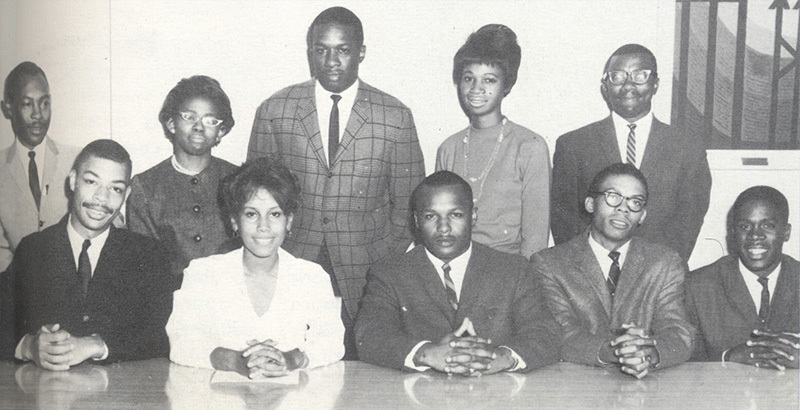
Robert Bell, sitting, second from right, posing with his Morgan State University classmates. —Courtesy of Morgan State University
“Well, when I came, I had tuberculosis, so I was out of school for a year. I came in one semester and then came back in for the second half of my freshman year after a year. When I got sick, I got a lot of support from professors, and in fact, I finished the first half of my freshman year because of the efforts of one of my professors who brought the work to me at the hospital.
I was student government president . . . and we were engaged in a number of efforts to try to improve the status of students. When I was there, of course, there was also the civil disobedience that was going on at Northwood [Shopping Center], so I was engaged in that, not as a participant at that point, but very supportive of it. We did get the transit company to bring the buses all the way to the campus instead of stopping up at Loch Raven. So, there were a number of issues and political things that we were involved in.
[Professor] Walter Fisher, in the history department, was extremely helpful. He saw potential in me and wanted to make sure I remained engaged. I was in the history department and I had some of the great professors in that department, including Benjamin Quarrels, Roland McConnell, and Dr. Ruthe Sheffey—we still see each other and are good friends. And there was also Dr. Gill, who was in political science. Dr. Ernestine Walker was a very influential professor, as well.
“When I went to Harvard, I found myself in a position ready to compete, to do well based on what I’d gotten out of Morgan.”
[Morgan] was a foundational experience for those of us there. When I went to Harvard, I found myself in a position ready to compete, to do well based on what I’d gotten out of Morgan. So, my memories of Morgan are the professors, the times we spent dealing with each other, and the administrators like President Martin Jenkins. There’s no way that school could have prepared students as it did without an administrator of the caliber of Martin Jenkins. He was accessible and, as student government president I got to talk to him all the time.”
Interviewed by Tramon Lucas, Broadcast Journalism, Class of 2017
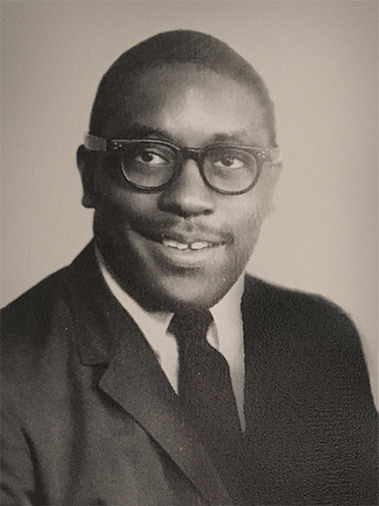
Bob Wade poses for his senior portrait in the 1968 yearbook. —Courtesy of Morgan State University.
Bob Wade ’68
After his collegiate football career, Wade played in the NFL for three seasons before turning to coaching basketball. He led Dunbar High School’s basketball team to a No. 1 national ranking in the early 1980s and became the ACC’s first African-American head basketball coach at the University of Maryland. For two decades, he served as coordinator of athletics for the Baltimore City Public Schools, where he was lauded for his leadership.
“I went to Dunbar. My high-school [football] coach, the late William ‘Sugar’ Kane, was like my surrogate father. My father deserted my mother when I was four and my sister was five; my mother raised both of us. I wanted to emulate coach Kane, so I went to Morgan and played football.
There are three guys that I really have a deep respect for: Coach Kane, Coach [Earl] Banks, and Vince Lombardi, whom I played for with the Washington Redskins. Coach Banks was another father figure to me. You could always go and talk to him, whether it was about academics or just life in general. He always gave you a listening ear.
My first year at Morgan, I think my tuition was $95.50. At that time, that $95 was hard to pay. And you couldn’t afford the new books. You had to get the hand-me-downs.
I graduated from Morgan in 1968. When we had our commencement, we had to have it inside Hurt Gymnasium because it rained. They couldn’t get everybody in. My mom got in, and my wife. After graduation, I was drafted by the Baltimore Colts.
I got traded to the Steelers in rookie camp, and then ended with the Broncos in 1971. [What] I’m proud of? When things didn’t go well and it was over, I had a degree to fall back on.
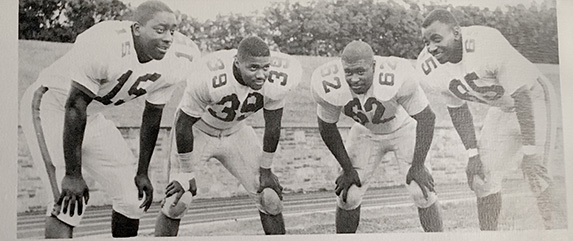
Bob Wade, left, poses with his Morgan State football co-captains in 1966. —Courtesy of Morgan State University
When I hear ‘Morgan State,’ it brings back fond memories. In the four years I was there, we may have lost maybe four games. My junior and senior years, we were undefeated. My fondest memory athletically was winning the Tangerine Bowl in Orlando in ’66. It was the first time that a predominantly black school was playing against a predominantly white school [in football]. We won, and it was televised on ABC. It was unheard of!
I also met my wife at Morgan and we’ve been married 50 years. I got married the summer leading into my senior year. We were in love. Of course, coach Banks laid me out, ‘What are you doing getting married?’
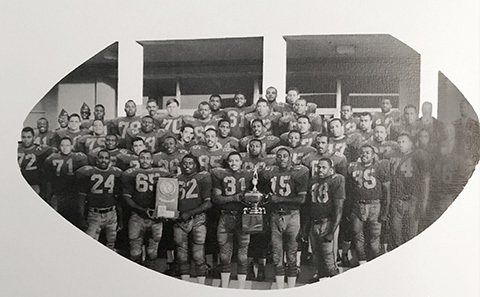
The 1966 CIAA and NCAA Atlantic Coast champions proudly display their plaque and trophy. —Courtesy of Morgan State University
And I also met some outstanding professors and established friendships that I’ve kept over the years. Even though I had to commute each day, I enjoyed Morgan. I’m very grateful. Morgan State University gave me my foundation. I grew up. I grew up as a man at Morgan.”
Interviewed by Baltimore staffer Michelle Harris, Multimedia Journalism, Class of 2016
Mayor Catherine E. Pugh ’77
The 50th mayor of Baltimore, Pugh—a Norristown, Pennsylvania, native—earned her B.S. in business administration from Morgan and then a master’s degree in business from the school. After a career in public relations, communications, and journalism, Pugh was elected to the Baltimore City Council in 1999 before serving in the General Assembly, where she became the senate majority leader before her successful campaign for mayor last year.

Catherine Pugh (formerly Crum), left, poses with the Morgan State University cheerleading squad. —Courtesy of Morgan State University
“One of my favorite memories at Morgan was walking across the campus and meeting people from other states. My roommate was from Richmond, Virginia, and we’re still very much friends today. Both of us became cheerleaders at Morgan. Traveling with the football team and basketball team were really great memories.
The school looks terrific today. You have all the great buildings. You have the new library that’s here, the new journalism school, the theater, the stadium, the gymnasiums. All of it is new. And the new business school—I attended the business school—so it’s awesome to see all that.
“I encourage young people to go here. Become engaged. It’s a great university.”
It never seems like just coming back when I return to Morgan. I’m here all the time. I participate in the Graves program [the Earl G. Graves School of Business and Management]. I taught business here. I taught marketing and I taught communications, so I was a faculty member for a while.
I’ve also never missed a homecoming. So, yep, I’m always here.
In terms of growth and expansion, Morgan is moving now toward the Northwood part of the city and becoming a more significant part of the community. Under President David Wilson, we’ve adopted a one-mile radius around Morgan State University where we work to enhance the community.
I encourage young people to go here. Become engaged. It’s a great university. It has a great legacy. I came as a teenager and I [was] an adult by the time I left. It has contributed to who I am today. It’s where I grew up. While I wasn’t born in Baltimore, I call this place home.”
Interviewed by Ja’Von Hill, Multimedia Journalism, Class of 2016
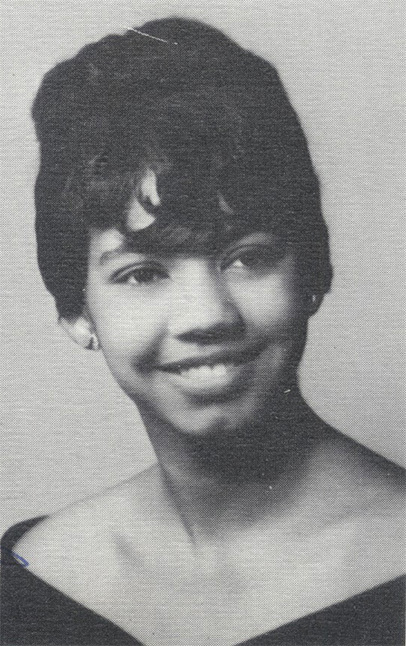
Betty Pinkney Harris poses for her senior portrait in her 1965 yearbook. —Courtesy of Morgan State University.
Elizabeth “Betty” Pinkney Harris ’65
The retired Baltimore City Public Schools teacher taught in the system for nearly 40 years. During her career, she was the department head for the foreign language program and worked with gifted and talented students even after retirement.
“I graduated from Eastern High in 1959—which then, we were the first class of blacks to go through there. They did not push us to go to any college and as far as they were concerned, we were not college material. You know what I mean when I say ‘we.’
I couldn’t afford [Morgan] the year I graduated so I stayed out for a year and worked to get enough to start. I really wanted to go to Catholic University, but I knew my parents couldn’t afford that. So I looked around and Morgan had a program that had a teacher’s grant for people who wanted to teach; and that’s what I wanted to do anyhow. All you had to do was promise to teach for two years after you graduated. The only expense was $200 a year with that grant. And I figured I could muster together $200 and money for books. So that was my decision.
It was Morgan State College when I went there. I started out as an English major so I had to study a foreign language—that was one of the requirements. I studied French in high school, but I had been away from it for so long, I started taking Spanish and I fell in love with it. So I decided to major in Spanish and minor in French. Marcus Allen was the one that encouraged me to major in Spanish—he was my Spanish professor. I just loved his class so much; he was such a good teacher.
I always wanted to teach, and I was going to teach. At the time, French was the elite language. I could see Spanish beginning to become an important facet in the United States, so I thought that would be the better language to learn.
I got a job right out of school. I applied to Baltimore City Public Schools, the foreign language specialist called me, I went for my interview, and I was placed at Edmondson High school in 1965. From there, I went to Northwestern High and taught there as the department head of foreign language for 20 years. I retired in 2001 after teaching at Polytechnic Institute for 15 years.
"I am a proud Morganite. I was the first person in the family to graduate from college. Morgan made me what I became."
Morgan was great for me because of the group of friends I was in school with at the time. We had a close nucleus of friends. We had study groups together, we traveled to and from Cherry Hill together, and we partied together. We supported each other.
Freshman year we demonstrated at Northwood Shopping Center. You couldn’t sit down in there and eat even though we walked through there every day. There was a Read’s drug store, we demonstrated and had a sit-in there. People were arrested. I participated in all that, as much as I could, but I was always working so I didn’t have a lot of time like other people did.
I am a proud Morganite. I was just proud to be a college graduate. I was the first person in the family to graduate from college. Morgan made me what I became. I felt like I was a very successful and very accomplished teacher, and Morgan created that. It gave me opportunities I would not have had because I don’t know how I would have afforded to go to college had it not been for that grant.
Morgan State is in its 150th year—look at how far it has come. It has graduated some really significant people, it really has. I think it will continue to grow. I think it will continue to play a very significant role with HBCUs and continue to afford people opportunities.”
Interviewed by Baltimore staffer Michelle Harris, Multimedia Journalism, Class of 2016, who also happens to be her granddaughter
